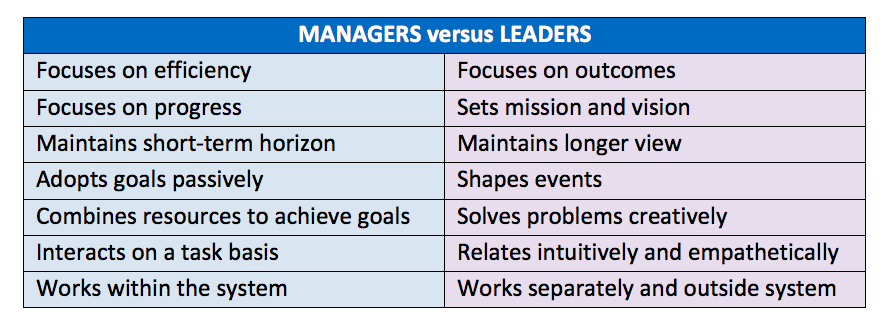In the 5th century BC, Nehemiah rebuilt the walls of Jerusalem. The governor’s transitional problem was how to maintain what had been gained. At the threshold of a renewed covenant, the people of Israel needed different leadership ideas and skills. Being of service, value, and impactful meant transitioning from the leader as catalyst-designer-motivator-entrepreneur to the leader as consolidator-developer-manager-executive.
Sustaining progress today means pressing harder after the first successes. Change leaders are relentless in initiating one change after another. They determine what can be done every day. They adapt quickly to the constantly shifting landscape to maintain speed and accelerate results. They risk much in this disrupt-or-be-disrupted world. They stay the course towards making the vision a reality.
Kotter International estimates that agile firms that employ leaders who adapt strategically in any situation garner 37 per cent greater revenue. They foster organizational fitness and stamina that reinvigorate the mission and continuity of change. Enhanced credibility improves policies, structures, and systems.
Organizations that balance change management with change leadership know this accelerates progress. They interrogate how management and leadership are different and critical to success, how to counterweight tendencies to over-manage, where opportunities for people to behave more like leaders are found, and what specifically could change.
Consolidating gains
As momentum builds and changes are made, leaders have to guard against renewed complacency. It is crucial to consolidate gains and produce even more change by capitalizing on the increased credibility from generating short-term wins. New ways of restructuring organizations, reengineering processes, or renewing talent must align with the vision.
For example, a senior manager’s departure may signal an opportunity to do things differently. The position can be left vacant, subject to review. The functional areas affected report temporarily to a higher executive. This can help test and formalize a new cross-functional approach to teamwork.
Leaders also need to know why existing arrangements do not work before launching more changes. Redesigned processes rely upon systems that model equilibrium between autonomy and accountability. Process simplification seeks to continuously improve activities by adding value at each step.
Another example is hiring, promoting, and developing people to implement the organization’s new vision. Leaders select managers and staff to champion the continuing changes. They must also enable additional opportunities for short-term wins that build their confidence.
Living leadership
The Canada School of Public Service submits that, “Leadership is a process that is observable, which can be described and learned. It is primarily an influence process, centred on building relationships, generating possibilities, creating opportunities, and remaining in action. It is exercised within the- context of our commitments and supports us in bringing out the best in ourselves and others so that we can implement a vision and achieve results.”
The differences between management and leadership are sometimes subtle and need to be understood for organizational success. Managers plan, budget, organize, staff, problem-solve, measure, and get results. They promote the organization’s capacity by doing what it knows how to do. Leaders envision, strategize, motivate, inspire, and grasp the future. They exploit competencies by mobilizing people to achieve astonishing results.
Dr. John Kotter maintains: “Management makes a system work. It helps you to do what you know how to do. Leadership builds systems or transforms old ones.”
According to Kotter, there are four organizational scenarios in the management/leadership matrix:
- High Management / High Leadership – well run and innovative, adaptive, and energetic;
- High Management / Low Leadership – well run but bureaucratic and unable to change quickly;
- Low Management / High Leadership – innovative, adaptive, and energetic – but chaotic; and
- Low Management / Low Leadership – doomed.
Managers who lead from the middle out know where their organization belongs in the matrix. They also know whether their team or department falls under a different scenario. They understand the reasons for the difference and how to manage change differently to leverage progressive results.
In Beyond Bureaucracy, Warren Bennis asserts that managers do things right, while leaders do the right things. Middle managers as leaders establish purpose and direction, mobilize resources, and inspire commitment and high performance. Good governance remains the core challenge to which leadership must respond if organizational development is to flourish.

